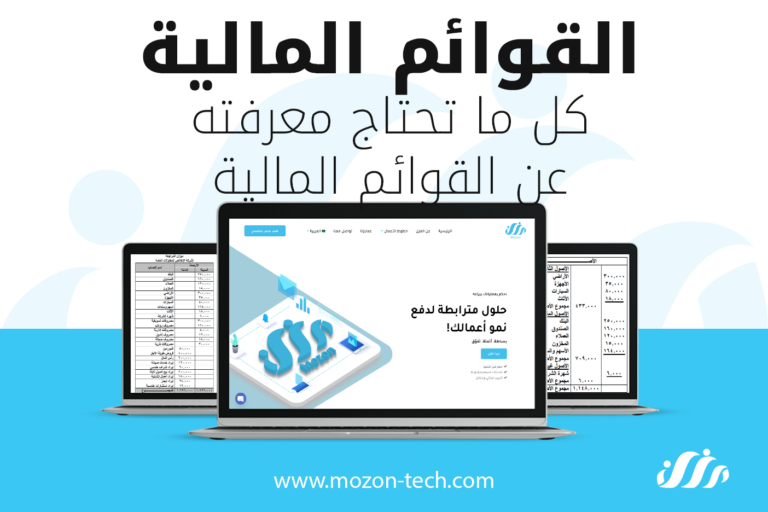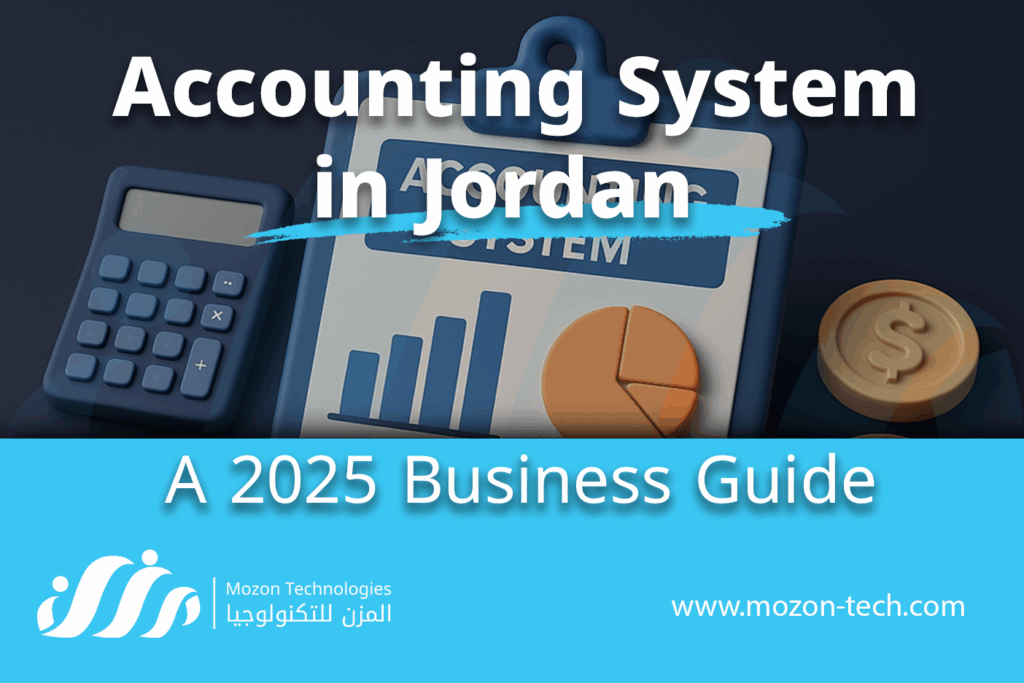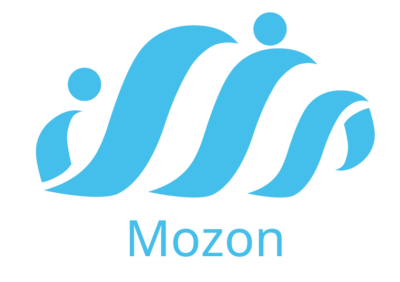Financial Statements: Their Concept, Types, and Importance in the Business World
Financial statements are essential tools used by companies to present a clear picture of their financial health and economic performance. These statements act as a common language between management, investors, creditors, and regulators, providing accurate and reliable information that supports financial decision-making. In this blog, we’ll explore the concept of financial statements, their main types, and their importance in business.
What Are Financial Statements?
Financial statements are written reports prepared by companies to summarize their financial activities over a specific period (usually quarterly or annually). These statements reflect a company’s financial performance, including revenues, expenses, assets, liabilities, and shareholders’ equity. They are prepared according to recognized accounting standards such as IFRS (International Financial Reporting Standards) or GAAP (Generally Accepted Accounting Principles).

Main Types of Financial Statements
There are four primary types of financial statements, each providing different insights into a company’s financial position:
1. Balance Sheet
The balance sheet shows the company’s assets (what it owns), liabilities (what it owes), and shareholders’ equity (the residual interest) at a specific date.
Basic equation: Assets = Liabilities + Shareholders’ Equity
Example: If a company has assets worth JOD 500,000 and liabilities of JOD 300,000, the shareholders’ equity is JOD 200,000.
2. Income Statement
The income statement reports revenues, expenses, and profit or loss over a defined period.
Net Profit = Revenues – Expenses
Example: Revenues of JOD 1,000,000 and expenses of JOD 800,000 result in a net profit of JOD 200,000.
3. Cash Flow Statement
This statement outlines cash inflows and outflows within a period, divided into:
Operating activities: daily revenues and expenses
Investing activities: buying or selling fixed assets
Financing activities: loans or issuing shares
It helps understand how the company manages its cash.
4. Statement of Changes in Equity
Shows changes in equity during a period, including retained earnings and newly issued shares.
Example: Distributing dividends reduces shareholders’ equity by the same amount.

How to Prepare Financial Statements
1. Preparing the Income Statement
Steps:
Collect data on revenues and expenses
Calculate total revenues
Calculate cost of goods sold (COGS)
Subtract COGS from revenues to get gross profit
Deduct operating expenses (salaries, rent, marketing, admin)
Deduct taxes and interest to determine net profit
Example:
Revenues: JOD 500,000
COGS: JOD 200,000
Operating Expenses: JOD 150,000
Net Profit = 500,000 – 200,000 – 150,000 = 150,000 JOD
2. Preparing the Balance Sheet
Steps:
List assets (current and non-current)
List liabilities (short and long term)
Calculate equity: capital + retained earnings
Ensure the equation balances: Assets = Liabilities + Equity
Example:
Assets: JOD 1,000,000
Liabilities: JOD 600,000
Equity = 1,000,000 – 600,000 = 400,000 JOD
3. Preparing the Cash Flow Statement
Steps:
Record operating cash flows (sales, payments, salaries)
Record investing cash flows (equipment purchases)
Record financing cash flows (loan repayments, issuing shares)
Add all to get net cash flow
Example:
Operating: +50,000 JOD
Investing: -20,000 JOD
Financing: -10,000 JOD
Net Cash Flow = 20,000 JOD
4. Preparing the Statement of Changes in Equity
Steps:
Starting balance of equity
Add net income
Add owner contributions (new shares)
Subtract dividends
Final equity balance
Example:
Opening Equity: JOD 300,000
Net Profit: JOD 50,000
Dividends: JOD 20,000
Ending Equity = 330,000 JOD
Examples of Financial Statements
Balance Sheet
| Assets | Amount ($) |
|---|---|
| Cash | 50,000 |
| Accounts Receivable | 30,000 |
| Inventory | 20,000 |
| Total Assets | 100,000 |
| Liabilities | Amount ($) |
|---|---|
| Accounts Payable | 10,000 |
| Loans | 20,000 |
| Total Liabilities | 30,000 |
| Equity | Amount ($) |
|---|---|
| Capital | 50,000 |
| Retained Earnings | 20,000 |
| Total Equity | 70,000 |
Balance: 100,000 = 30,000 (Liabilities) + 70,000 (Equity)
Income Statement Example
| Item | Amount ($) |
|---|---|
| Revenue | 200,000 |
| Cost of Sales | (120,000) |
| Gross Profit | 80,000 |
| Operating Expenses | (30,000) |
| Net Profit | 50,000 |
Cash Flow Statement Example
| Item | Amount ($) |
|---|---|
| Operating Activities | |
| Net Profit | 50,000 |
| Increase in Receivables | (5,000) |
| Net Operating Cash | 45,000 |
| Investing Activities | |
| Equipment Purchase | (20,000) |
| Net Investing Cash | (20,000) |
| Financing Activities | |
| Loan Repayment | (10,000) |
| Net Financing Cash | (10,000) |
| Net Cash Flow | 15,000 |
Statement of Changes in Equity Example
| Item | Amount ($) |
|---|---|
| Opening Balance | 70,000 |
| Net Profit | 50,000 |
| Dividends | (10,000) |
| Closing Balance | 110,000 |
Notes to the Financial Statements
Steps:
Accounting policies: methods used for inventory valuation, depreciation, etc.
Additional details: about loans, investments, or contingencies
Legal info: any required disclosures under laws and regulations
Why Are Financial Statements Important?
Investment decisions: Investors use them to assess profitability and risk
Financial analysis: Ratios help compare performance with competitors
Legal compliance: Required by law to avoid penalties
Financial planning: Helps management with forecasting and budgeting
Access to funding: Banks and lenders assess creditworthiness using them
Tips for Preparing Financial Statements
Follow accounting standards (e.g., accrual basis)
Check all figures carefully
Use accounting software like Mozon MAcc for easier preparation
Review with a certified accountant or auditor
What Is Mozon MAcc Financial Management System?
Mozon’s MAcc Financial Management System is the ideal solution for managing all types of accounting transactions. It enables users to generate accurate and compliant financial and legal reports easily, meeting all analysis requirements.
MAcc helps businesses organize and analyze financial data efficiently, improving the accuracy and consistency of reports and simplifying daily operations. Whether you need detailed financial reports or in-depth legal analysis, MAcc ensures compliance and enhances financial management.
📥 MAcc Brochure
📞 Contact Us Today!
Discover how Mozon Technologies can streamline your processes, enhance accuracy, and improve financial reporting.
Conclusion
Financial statements are a powerful tool for understanding a company’s financial position and evaluating performance. As business environments grow more complex, the ability to interpret and analyze these statements is essential for sound financial and investment decisions. Tools like Mozon’s MAcc system make this process easier, more accurate, and more efficient.





